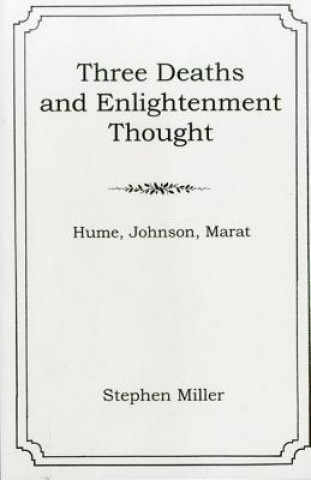
Kód: 05091912
Three Deaths and Enlightenment Thought
Autor Stephan Miller
In recent years there has been an extended debate about Enlightenment thought. Though many scholars have concluded that there were several "Enlightenments," some continue to make generalizations about the Englightenment and some s ... celý popis
- Jazyk:
 Angličtina
Angličtina - Väzba: Pevná
- Počet strán: 219
Nakladateľ: Bucknell University Press, 2001
- Viac informácií o knihe

111.45 €

Skladom u dodávateľa v malom množstve
Odosielame za 10 - 15 dní
Potrebujete viac kusov?Ak máte záujem o viac kusov, preverte, prosím, najprv dostupnosť titulu na našej zákazníckej podpore.
Pridať medzi želanie
Mohlo by sa vám tiež páčiť
-

Surveys in Combinatorics 2005
77.75 € -

Ship
13.82 € -

Student's Oxford Canadian Dictionary
21.20 € -10 % -

From Chaos to Order
33.59 € -9 % -

Nobel Lectures In Physiology Or Medicine 2001-2005
32.88 € -

Life and Death of Sir Thomas Moore, ... Written by William Rooper, ... to Which Are Added from Sir Thomas's English Works Some Letters of His, &C. Ref
26.83 € -

King's Highway
54.49 €
Darujte túto knihu ešte dnes
- Objednajte knihu a vyberte Zaslať ako darček.
- Obratom obdržíte darovací poukaz na knihu, ktorý môžete ihneď odovzdať obdarovanému.
- Knihu zašleme na adresu obdarovaného, o nič sa nestaráte.
Viac informácií o knihe Three Deaths and Enlightenment Thought
Nákupom získate 275 bodov
 Anotácia knihy
Anotácia knihy
In recent years there has been an extended debate about Enlightenment thought. Though many scholars have concluded that there were several "Enlightenments," some continue to make generalizations about the Englightenment and some speak about "the Enlightment agenda." After discussing the cult of the deathbed scene in eighteenth-century Britain and France, the author looks at three currents of Enlightment thought implicit in the deathbed "projects" of David Hume, Samuel Johnson, and Jean Paul Marat. Although Hume and Johnson hold profoundly different views of religion, their political thinking has much in common. Their reformist thought differs radically from what might be called the transformist thought of Marat, who hoped the French would become disinterested citizens whose civil religion was patriotism. The author argues that Enlightment thought was more varied and-in its reformist current-less hostile to tradition than many observers have allowed. Enlightment thought was less a cluster of ideas than a debate about a number of questions, especially the following: how to contain religious and secular fanaticism (or what was called enthusiasm); what are the effects of luxury; and what is the nature of the passions. There was, as J.G.A. Pocock says, "a family of Enlightments," and "there is room for the recognition of family quarrels..." Why look at deathbed scenes to chart the currents of Enlightment thought? Because an interest in deathbed scenes was widespread in eighteenth-century Britain and France. The final days of Hume stirred up a controversy that lasted for at least a decade and the final days of Johnson also attracted a great deal of attention, but Marat's death had the greatest impact of the three. His assassination gave impetus to the Jacobins' attempt to eliminate the influence of the church and greatly expand the influence of the state. Marat's project to transform France failed, but so did the projects of Hume and Johnson. Hume argued that religious belief was based on the foolish fear of
 Parametre knihy
Parametre knihy
Zaradenie knihy Knihy po anglicky Humanities Philosophy
111.45 €
- Celý názov: Three Deaths and Enlightenment Thought
- Podnázov: Hume, Johnson, Marat
- Autor: Stephan Miller
- Jazyk:
 Angličtina
Angličtina - Väzba: Pevná
- Počet strán: 219
- EAN: 9781611481402
- ISBN: 1611481406
- ID: 05091912
- Nakladateľ: Bucknell University Press
- Hmotnosť: 494 g
- Rozmery: 244 × 168 × 18 mm
- Dátum vydania: 01. July 2001
Obľúbené z iného súdka
-

Difference and Repetition
23.55 € -17 % -
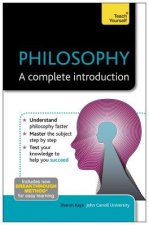
Philosophy: A Complete Introduction: Teach Yourself
13.31 € -18 % -
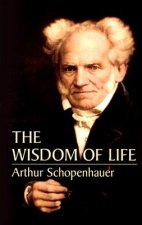
Wisdom of Life
7.57 € -19 % -

How the World Thinks
11.36 € -24 % -

Swedenborg
21.81 € -5 % -

The Conspiracy Against the Human Race
16.07 € -17 % -

The Story of Philosophy
11.26 € -4 % -
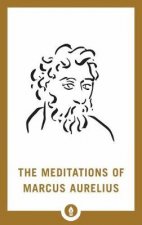
Meditations of Marcus Aurelius
13.10 € -10 % -

Letters from a Stoic - The Ancient Classic
11.67 € -32 % -

Built to Last
19.86 € -

Teachings of Don Juan
9.62 € -23 % -

From Bacteria to Bach and Back
18.84 € -19 % -

Men Among the Ruins
19.86 € -24 % -

Monkey Business
18.12 € -11 % -

Calendar of Wisdom
21.40 € -27 % -

Philosophy of Freedom
32.47 € -24 % -
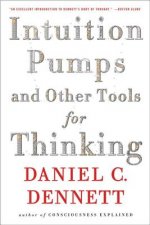
Intuition Pumps and Other Tools for Thinking
9.41 € -24 % -

Musonius Rufus
15.05 € -2 % -

Omnibus Homo Sacer
101.62 € -4 % -
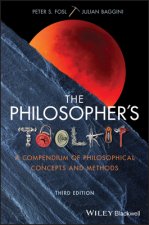
Philosopher's Toolkit - A Compendium of Philosophical Concepts and Methods, 3rd Edition
23.35 € -

Sacred Dance Meditations
23.14 € -15 % -

Integral Vision
10.44 € -28 % -

One-Dimensional Man
21.81 € -17 % -

Mind's I
28.47 € -

Manifesto of the Communist Party
11.77 € -
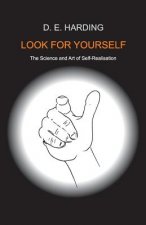
Look For Yourself
24.17 € -

Confucius Analects (論語)
21.30 € -19 % -

Infocracy: Digitization and the Crisis of Democrac y
16.18 € -11 % -

Between Kant and Hegel
43.94 € -
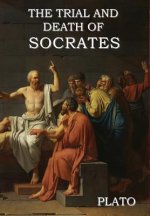
Trial and Death of Socrates
33.39 € -

Introducation to Indian Philosophy
26.32 € -

Reason and Commitment
46.60 € -

Philosophy Matters: An Introduction to Philosophy
53.06 € -

Matter and Memory
11.67 € -18 % -
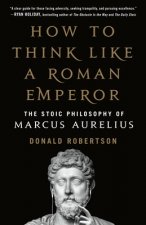
How to Think Like a Roman Emperor
16.69 € -13 % -

Thus Spoke Zarathustra - The Philosophy Classic
12.08 € -30 % -

Aristotles Revenge
31.95 € -

I am That
39.23 € -5 % -
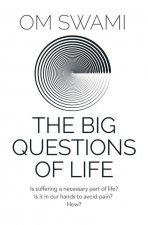
Big Questions of Life
12.39 € -7 % -
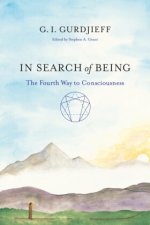
In Search of Being
23.35 € -20 % -
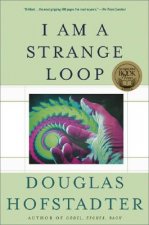
I Am a Strange Loop
18.74 € -20 % -

Nature
7.47 € -13 % -
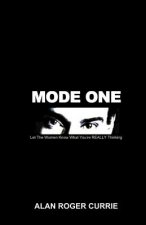
Mode One
24.99 € -1 % -

Escape from Evil
24.89 € -
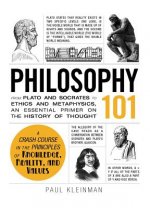
Philosophy 101
13.21 € -28 % -

Religion of Tomorrow
29.60 € -18 % -
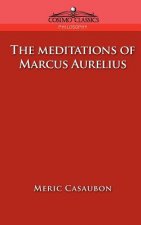
Meditations of Marcus Aurelius
12.80 € -

Mortal Questions
17.20 € -19 % -
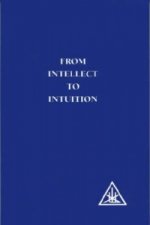
From Intellect to Intuition
14.03 € -3 %
Osobný odber Bratislava a 2642 dalších
Copyright ©2008-24 najlacnejsie-knihy.sk Všetky práva vyhradenéSúkromieCookies


 21 miliónov titulov
21 miliónov titulov Vrátenie do mesiaca
Vrátenie do mesiaca 02/210 210 99 (8-15.30h)
02/210 210 99 (8-15.30h)